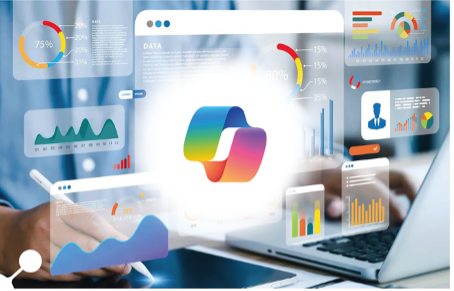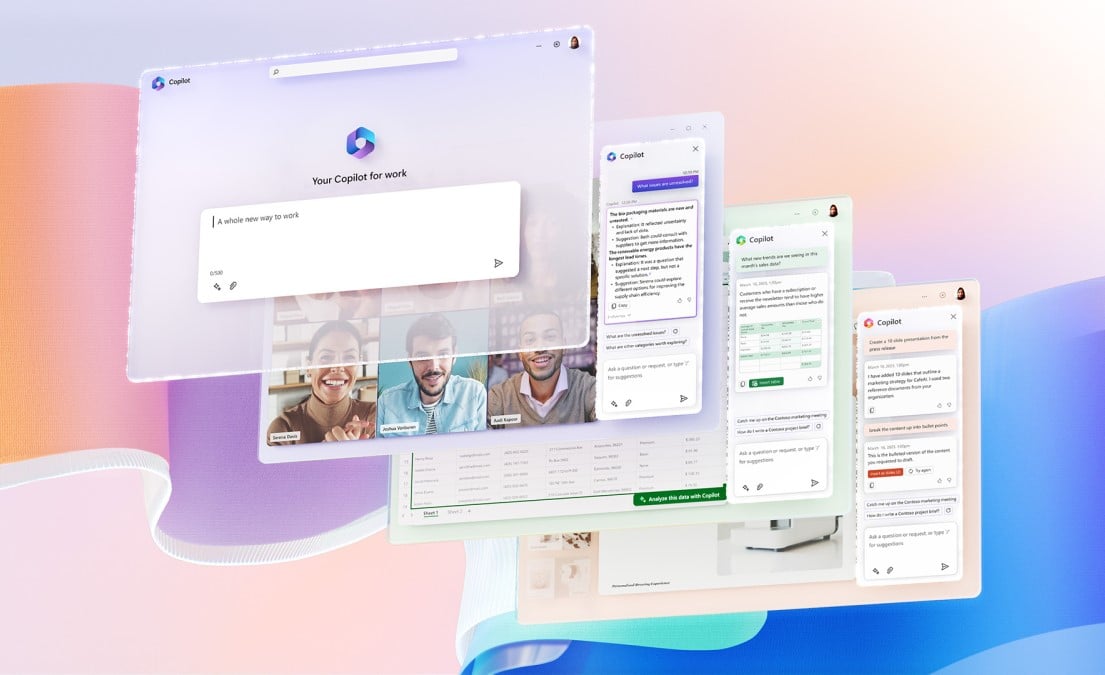How Agile Content is the key to unlocking your productivity potential

Unlocking agile enterprise content with an ECM and Content Care
It often goes overlooked, but digital content is an investment your organization makes every single day. This investment goes under the radar because it’s so closely tied to everyday business activities. But every email we send and spreadsheet we create becomes part of the organization’s ‘working memory’: enterprise content.
Enterprise content covers a wide range of data and files: from images and video to presentations, templates, email threads, and meeting notes. All these play an important role in the proper functioning of your organization, so you want to have access to the right content when you need it.
What is agile content?
Agile enterprise content can deliver more value because it can ‘jump’ effortlessly to where it’s needed, enabling it to deliver value in more ways. As data volumes continue to grow and the rate of content creation accelerates, the need for a proper system for managing and accessing content is very clear. Without it, you can’t find the right data, and inaccurate content stays in circulation.
This growing need is why top-level Enterprise Content Management (ECM) has become a survival trait for modern business. It’s also one of the reasons why we’re seeing an ongoing shift from traditional, ‘static’ on-premise ECM solutions towards more dynamic cloud-based and ‘headless’ solutions like SharePoint Embedded, which enable content to become agile.
Using SharePoint Online or SharePoint Embedded, enterprise content can be managed more effectively, shared securely across multiple applications, and it can adapt to new requirements. They prevent digital assets from being lost and eliminate the inefficiencies of creating duplicate content, as well as the confusion when people have access to different versions of the ‘same content’.
Furthermore, as we’ll see in this blog, enabling truly agile content with a modern ECM (and an ongoing strategy) is the key to unlocking far greater productivity today, and in the future.
What is ECM, and how is it the key to enhanced productivity?
Enterprise Content Management (ECM) is a solution that combines a strategic approach with selected software tools to enable efficient capture, management, storage, and distribution of content.
ECM should always ensure that content is only accessible by authorized people, and in a secure way. It should also align with and support your organization’s compliance and data governance policies. With a well-configured ECM in place, people in your organization can always access the right file or conversation when they look for it.
Furthermore, ECM can make it possible for software to find and handle enterprise content. With a well-organized system based on Microsoft 365, AI supported tools like Microsoft Copilot can wield your enterprise content to the maximum advantage. Copilot can use your agile content to instantly create draft proposals, write summaries of meetings, or craft draft emails. With the right system in place, your content becomes liberated.
Agile content can generate impressive gains in productivity. The days of creating duplicate content are over, and your colleagues can be confident they have the most up-to-date figures, templates, or sales decks at their fingertips.
How does agile content drive greater efficiency?
Enterprise content is at the heart of business today. Every organization uses and creates digital content, and often in very large volumes. The problem is that many are still using ‘traditional’ on-premise ECM setups that aren’t optimized, and make it hard to use content in new ways.
By optimizing how your content is organized, stored, and accessed with a modern cloud-based ECM solution your organization can easily tap into clear streams of accurate data. This can help drive efficiency by helping to optimize things like commercial supply chains, manage client relationships, streamline workflows with automations, and enhance visibility over the whole organization.
Having a capable ECM solution is especially important when your organization is highly complex, or works in a sector where compliance is an issue. In these situations, you need to have a well-configured solution. Without it, you can’t collaborate effectively with cross-functional teams and it’s harder to remain compliant.
Many of the most important business tools rely on access to enterprise content, including Office 365, Teams, SharePoint Online and Power Automate. Microsoft Copilot is another thing to consider, as this tool can massively accelerate processes – but only when it has access to well-organized enterprise content.
To deliver the expected value, an ECM must be:
- Well structured
- Properly configured
- Efficient (the ability to support critical business processes and tasks through automated support of tasks)
- Accompanied by a long-term strategy for the future
This last point is especially important, as without a strategy for content care, your well-configured ECM will start to become less effective.
Why do you need a content care strategy?
Content care is the final piece of this puzzle. It describes an ongoing system for maintaining the quality of content once the ECM is in place, and it ensures the best performance over its lifecycle. Content care addresses some of the toughest challenges organizations face when implementing a powerful new ECM.
By proactively solving these issues, you can get the most value from enterprise content, and for a longer period.
Content care helps solve the following issues:
Content quality
During the pre-migration and migration process, all the enterprise content will be carefully sifted, sorted, and organized. Logical filing and labeling systems are put in place, metadata is added, and redundant files are removed. At the end of this process, all your enterprise content is clean, well-organized, and easy to find in a single place. But, unless you change the bad habits of before, you can only expect your pristine content to become a cluttered mess over time. Content care prevents this from happening by instituting clear rules during the migration process that ensure content always meets the required quality standards.
Overview
With such a complex data environment, organizations frequently aren’t aware of a problem until it’s too late. By monitoring the performance and usage of content, you can detect issues at an early stage and prevent costly mistakes. With in-depth insights over content usage, you can prevent the accumulation of duplicate files, maintain compliance, detect convoluted access rules, and uncover issues from indicators like large amounts of manually added metadata. With a clear overview of your content, you can prevent accidental sharing of confidential information or people stumbling across sensitive content they shouldn’t have access to.
Adoption support
After the training phase, it’s useful to track usage and offer ongoing support. This ensures that users get the most out of the new system and keep using it optimally. Adoption support is especially critical in the early phases of adoption, when users are most likely to revert to old systems if they can’t figure out the better way of doing things. The Xillio content care dashboard gives an instant snapshot of usage, including inactive users and departments, and different versions of the same content.
Compliance
Compliance relies on sturdy policies and rigid enforcement. With everything safely migrated to MS 365, you can make use of its built-in compliance functionalities. These meet the standards of even the most rigorous standards and industry-specific requirements. Again, this is something that can be monitored from the content care dashboard, once configured.
Risk mitigation
There is a considerable risk from using content with uncertain provenance or accuracy. Data-driven decisions require data you can rely on, so you must be able to trust that your content is accurate and up to date. This is another area where the MS 365 ecosystem shines because it can mitigate these risks as part of a content care strategy.
Liberating your content in 4 steps
As we’ve seen, a capable enterprise content management system is essential for getting the most value from enterprise content and unlocking greater productivity. However, it’s also essential that your ECM plan includes a pre-migration process for filtering and cleaning up content, as well as an ongoing content care plan after the migration itself.
There are 4 steps you need to take to achieve more agile content and more efficient processes: unlock, migrate, activate, and care.
Even the most complex enterprise content can become liberated and deliver more value than you might imagine. All you need is the right approach and the right technology.
Intrigued by the possibilities? Get the full details. Read our whitepaper and get a clear picture of how to gain the most from your enterprise content with MS365.
Share this
You May Also Like
These Related Stories

Integrate task-specific content with Microsoft 365 Copilot

Leveraging Microsoft 365 Copilot for Agile Enterprise Content

No Comments Yet
Let us know what you think